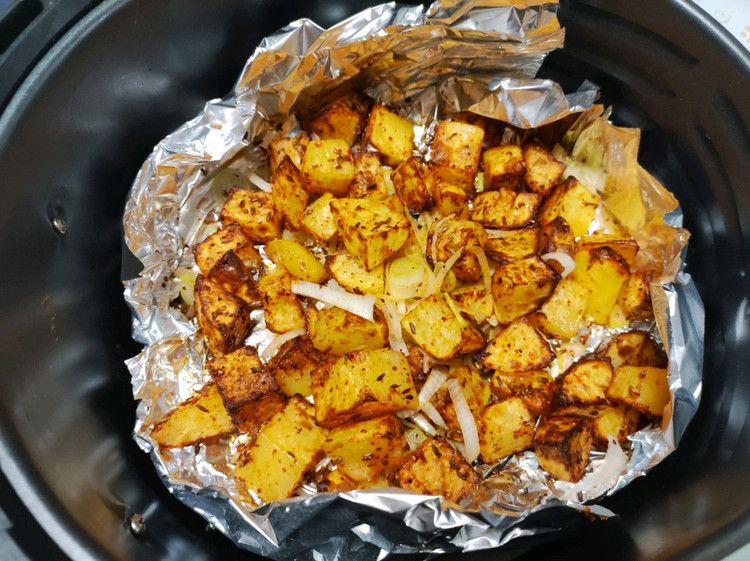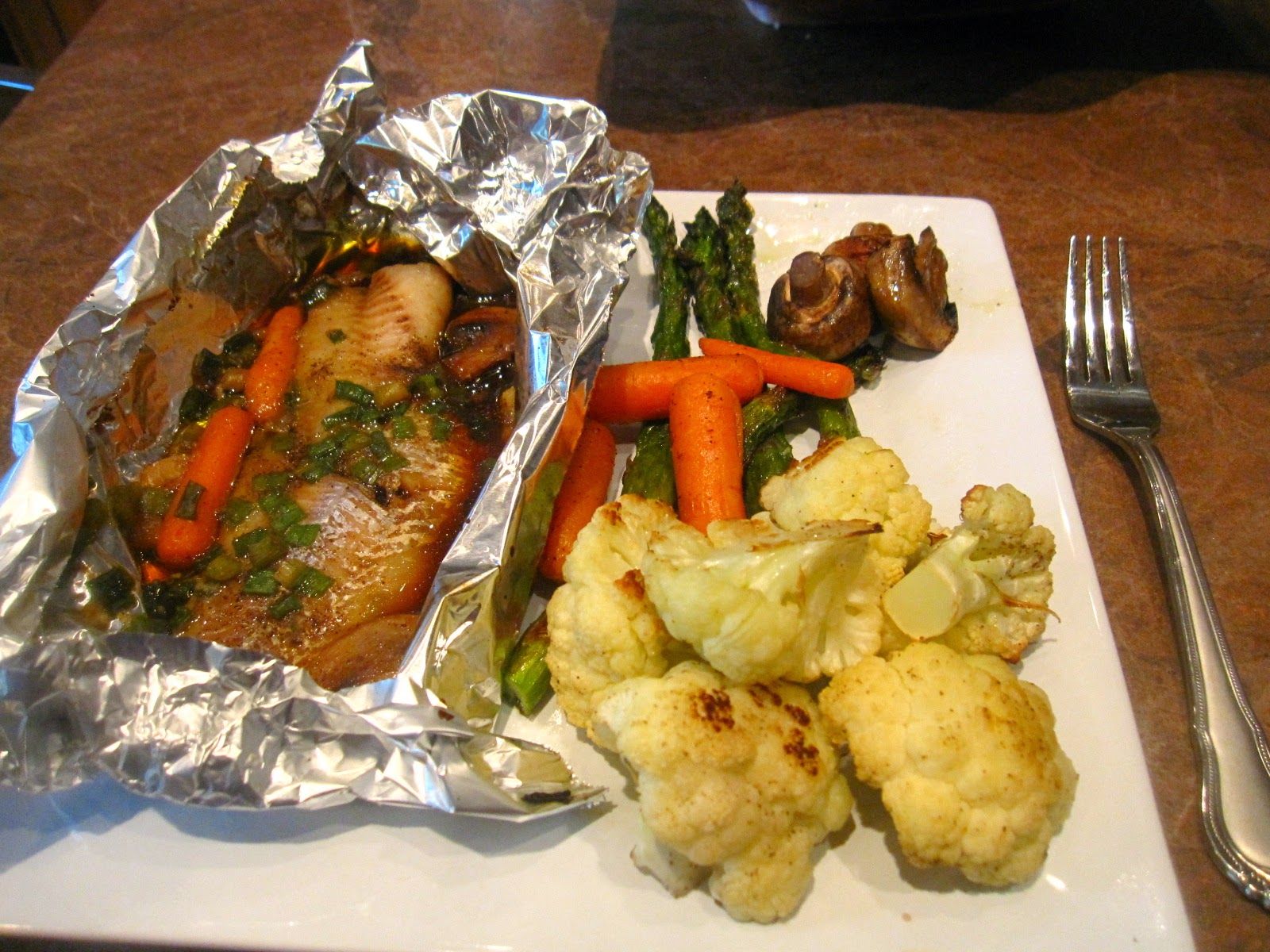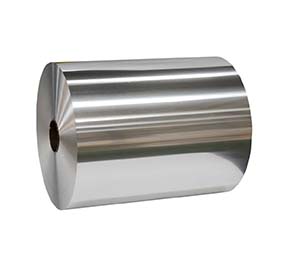 A. The Value of Baking with Aluminum Foil
A. The Value of Baking with Aluminum FoilImagine a delicious, perfectly baked dish coming out of the oven—a feat made possible in large part by the magic of aluminum foil. It protects, improves, and streamlines. When aluminum foil is your ally, baking alchemy gets more enthralling.
B. Overview of Benefits and Proper Use
Baking with aluminum foil requires the same dexterity as painting with a brush. Discovering its uses and benefits is similar to learning a new skill, and it will expand the options for your culinary repertoire.
C. A Brief Description of the Properties of 8011 Aluminum Foil
8011 Aluminum foil enters the picture as a partner in culinary brilliance, not just as an accessory. Its durability, adaptability, and extraordinary heat resistance make it a reliable leader in the baking industry.
Choosing the Correct Aluminum Foil, Part II
A. The Value of High-Grade Aluminum Foil
Aluminum foil is the virtuoso who needs the best instrument in the baking symphony. Choosing high-quality foil guarantees not just durability but also flawless cooking results befitting a true artist.
B. An Overview of 8011 Aluminum Foil and Its Baking Suitability
Introducing 8011 Aluminum foil, the shining star of the baking process. It promises consistent perfection in every dish thanks to its resistance to high heat, which is comparable to a baker's indomitable spirit.
C. Factors to Take into Account When Choosing the Right Foil Thickness
The nuance of your baked canvas is determined by your choice of thickness, which goes beyond simple numerical considerations. The ideal thickness guarantees that your foil serves as a protection and a sculptor, flawlessly transforming to your culinary concept.
III. Baking preparation
A. Heating up the oven
Every baking show begins with the oven being preheated. This initial step ensures that cooking will be consistent and that each flavor note will be enjoyed in perfect harmony.
Cutting and Measuring the Aluminum Foil in B
Your guiding principle for baking precision is to measure and cut aluminum foil to fit the contours of your work. Your work gets the canvas it deserves while waste is minimized.
C. Understanding the Aluminum Foil's Shiny and Dull Sides
Aluminum foil presents as both shiny and drab. This duality is intentional; it gives you the ability to direct how heat and reflection interact, much like a lighting director in a theatrical production.
IV. Appropriate Uses
A. Line baking pans and sheets
Every baker deserves an envoy who can protect them from the heat's rigors and the effects of food preparation. Your baking sheets and pans should be lined with aluminum foil to ensure that your creations can be easily removed without leaving any residue.
1. Easy cleanup and Sticking Prevention
When placed between your masterpiece and the pan, aluminum foil serves as a protector, giving you the gift of uncomplicated cleanup as your creations slide off elegantly.
B. Food Packaging for Even Cooking
Take comfort in the culinary cocoon that is aluminum foil, a cocoon that fosters uniform cooking and delicately embraces flavors.
Sealing in Flavors and Moisture
Moisture finds safety and flavors come together in the foil's embrace. Every mouthful is an ode to succulence and the result is the creation of a sealed paradise where culinary magic takes place.
Making Foil Packets in C
Consider aluminum foil to be your personal chef, creating custom foil packets to encase delicate foods in a personalized embrace.
1. Perfect for Individual Servings and Delicate Foods
Foil packets are the height of culinary elegance since each one contains a delicate delicacy that has been carefully prepared and cooked to perfection.
V. Safely Using Aluminum Foil
 A. Steer Clear of Direct Contact with Salty or Acidic Foods
A. Steer Clear of Direct Contact with Salty or Acidic FoodsWith few exceptions, aluminum foil is a collaborator in most culinary affairs. Foods that are acidic or salty need a parchment paper intermediary to preserve their flavor and integrity.
B. Avoiding Aluminum Foil Contact with Heat Sources
Aluminum foil assumes a function equal to that of a seasoned performer in the drama of baking. The artistry is preserved, nevertheless, because a knowledge of stage dynamics prevents it from getting into a heated pas de deux with the heating devices.
C. Providing Adequate Ventilation to Allow Steam to Escape
Aluminum foil may hear ventilation whispering softly in its ear. A planned opening guarantees that steam pirouettes gently, whether wrapping or enclosing, preventing pressure buildup.
6. Advantages of using aluminum foil during baking
A. Heat Distribution and Even Cooking
Think of aluminum foil as the conductor of your culinary symphony, directing a group of heat to make sure that every flavorful note is performed in sync.
B. Keeping Moisture Locked in for Juicy Results
Dryness is eliminated, and succulence takes over. Aluminum foil keeps moisture in while revealing soft treats that create a lasting impression on the palate.
C. Flavor Enhancement Through Sealed Cooking
Flavors blend and deepen inside the sanctuary of the foil, creating a culinary crescendo that creates a symphony of taste that dances on the palette.
Seven. Cleanup
A. Waiting until the foil is cool before discarding it
Allowing aluminum foil to cool will prevent unexpected burns from occurring as the curtain closes on your culinary masterpiece.
B. Recycling Aluminum Foil Correctly
The voyage of the foil doesn't finish with the last bow. Recycling is waiting for you as proof of your dedication to sustainability. Cleanse the foil of culinary echoes before bidding adieu.
Getting Baked-On Residue Off of Foil Surfaces
A gentle dance with a non-abrasive sponge and mild detergent reveals the foil's spotless beauty once more while removing the remaining traces of culinary invention that cling to its surface.
8. Ingenious Ways to Use Aluminum Foil in Baking
A. Creating Custom Baking Molds using Foil
You may create edible sculptures that defy convention by using aluminum foil to create unique molds that frame your creations.
B. Making Foil Covers to Prevent Crust
With aluminum foil, you can conduct a masterpiece by creating covers that protect delicate crusts, guaranteeing they emerge golden and unharmed. A maestro conducts a concerto.
C. Creating Ornamental Foil Accents for Baked Goods
Utilize your creative side as aluminum foil assumes a new persona as a decorator. Create elaborate accents to adorn your products, transforming each bake into a work of art.
Aluminum foil is the unsung hero and a subtle but crucial performer in the theater of baking. You can become the conductor of a symphony of flavors by understanding its applications, utilizing the strength of 8011 Aluminum foil, and embracing the variety of approaches it offers. Your creations transcend the ordinary when you utilize aluminum foil as your inspiration. They reach a gourmet crescendo that lingers on the tongue and in the mind. Aluminum foil is a partner in your culinary adventure as you set off on your baking expedition, ensuring that every creation is a masterpiece worth savoring and celebrating.

.jpg)



